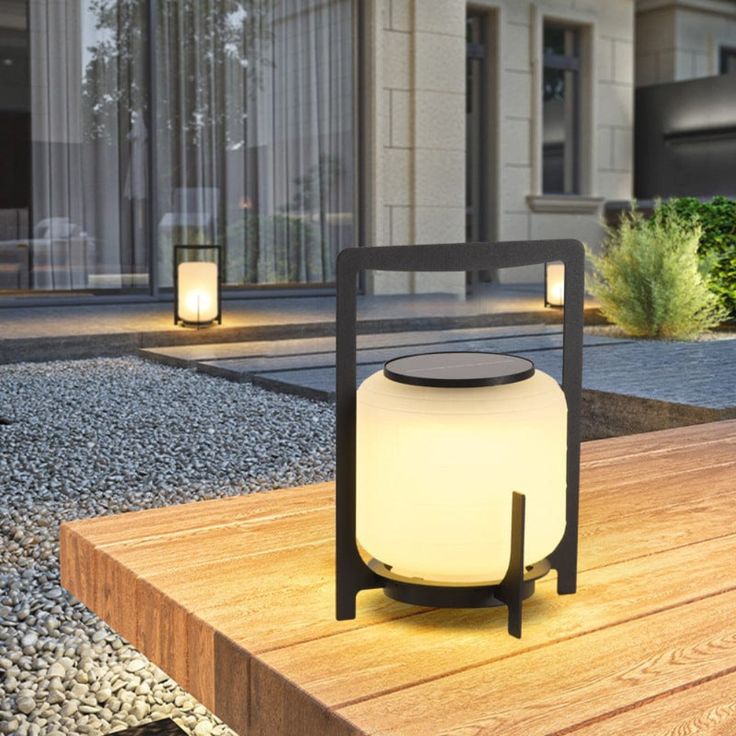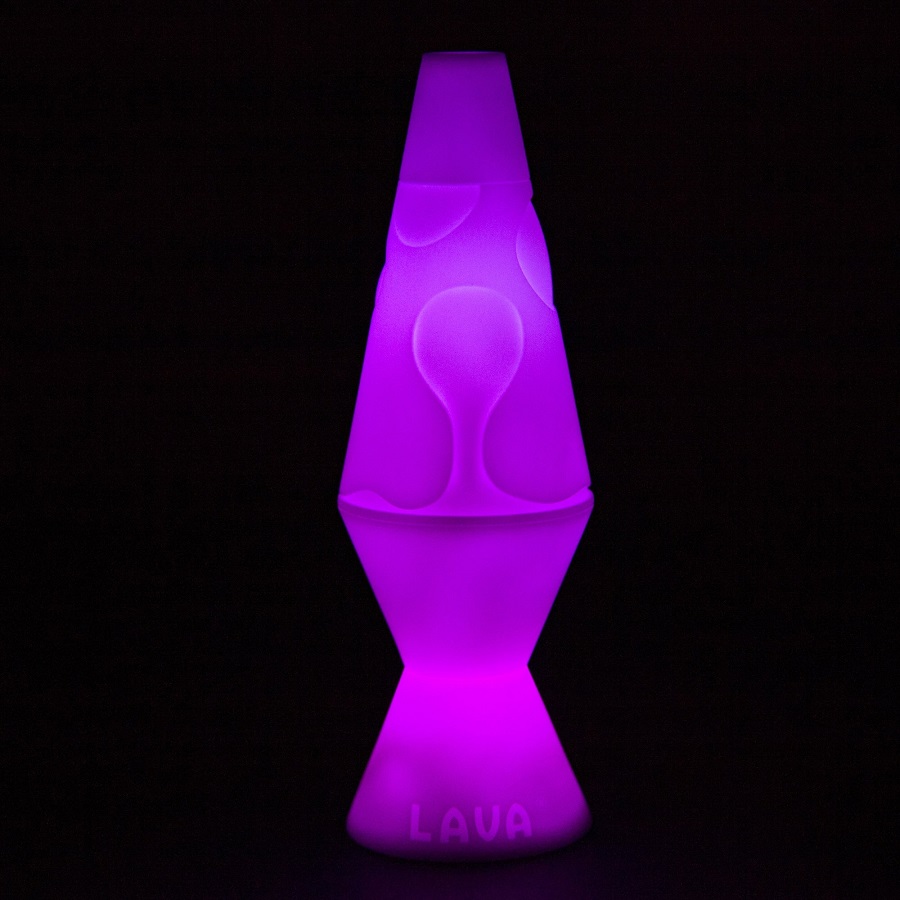 Introduction:
Introduction:
A chandelier adds elegance and ambiance to a dining room, becoming a focal point that enhances the overall décor. However, choosing the right size chandelier for your dining table is crucial to ensure a balanced and visually appealing arrangement. In this comprehensive article, we will guide you through the process of selecting the perfect chandelier size for your dining table. From determining the appropriate diameter and height to considering the shape and style, you will be equipped with the knowledge to make an informed decision that elevates your dining experience.
 Here are some common types of chandeliers:
Here are some common types of chandeliers:
Chandeliers come in various types and styles, allowing you to choose one that suits your taste and complements the décor of your space. Here are some common types of chandeliers:
Traditional Chandeliers:
These chandeliers feature elegant and ornate designs, often with intricate detailing and embellishments. They typically incorporate candle-style lights or glass shades. Traditional chandeliers are popular in formal dining rooms, grand entrances, or classic interior settings.
Crystal Chandeliers:
Crystal chandeliers are known for their stunning and luxurious appearance. They feature crystal prisms, beads, or droplets that refract light, creating a dazzling and visually striking effect. Crystal chandeliers add a touch of glamour and elegance to any space.
Modern/Contemporary Chandeliers:
These chandeliers showcase sleek lines, minimalistic designs, and innovative materials. They often feature clean shapes, geometric patterns, or abstract forms. Modern or contemporary chandeliers are ideal for contemporary and minimalist interiors, providing a chic and modern aesthetic.
Rustic/Farmhouse Chandeliers:
Rustic or farmhouse-style chandeliers embrace a cozy and charming look. They often incorporate materials like wood, wrought iron, or rope, evoking a sense of warmth and homespun elegance. These chandeliers are popular in country-style homes or spaces with a rustic décor theme.
Industrial Chandeliers:
Industrial-style chandeliers feature raw and utilitarian designs, often with metal finishes, exposed bulbs, or mechanical elements. They exude a warehouse or factory-inspired aesthetic and are commonly used in industrial or urban-themed interiors.
Transitional Chandeliers:
Transitional chandeliers blend elements of traditional and contemporary styles, creating a balanced and versatile design. They incorporate classic elements in a modern context, offering a timeless and adaptable lighting solution.
Mini or Small Chandeliers:
Mini or small chandeliers are compact versions of larger chandeliers, designed for smaller spaces or areas where a dramatic statement is desired without overwhelming the room. They can be found in various styles, from traditional to modern, and are often used in entryways, bedrooms, or bathrooms.
Drum Chandeliers:
Drum chandeliers feature a drum or cylindrical-shaped shade that encloses the light source. They come in a range of materials, such as fabric, metal, or glass, and are popular for their contemporary and sophisticated look.
These are just a few examples of the many types of chandeliers available. When selecting a chandelier, it’s important to consider the size, style, and overall design of the space to ensure a cohesive and visually pleasing lighting fixture.
 Factors to Consider When Choosing Chandelier Size
Factors to Consider When Choosing Chandelier Size
Dining Table Size:
The dining table serves as a foundation for determining the appropriate chandelier size.
Consider the dimensions of your table, including length, width, and shape.
Ceiling Height:
Ceiling height plays a significant role in selecting the right chandelier size.
Measure the distance between the table and the ceiling to ensure adequate space for the chandelier.
Room Size and Scale:
Consider the overall size and layout of the dining room to determine a chandelier that fits proportionally.
A chandelier that is too small or too large for the room can disrupt the visual harmony.
Chandelier Diameter Guidelines
Table Diameter and Chandelier Diameter:
As a general rule, the chandelier’s diameter should be about 12 inches (30.48 cm) narrower than the dining table’s width.
This guideline ensures that the chandelier is centered above the table, providing balanced illumination.
Round or Square Tables:
For round or square tables, measure the diameter of the table and deduct 12 inches (30.48 cm).
The resulting measurement is the approximate diameter of the chandelier that suits the table.
Rectangular Tables:
For rectangular tables, measure the width of the table and deduct 12 inches (30.48 cm).
This measurement provides a suitable chandelier diameter.
Chandelier Height Considerations
Ceiling Height and Chandelier Height:
The chandelier’s height should consider both the ceiling height and the desired visual impact.
Ideally, the chandelier should hang about 30 to 36 inches (76.2 to 91.44 cm) above the table surface.
Adjusting for Higher Ceilings:
For higher ceilings, adjust the chandelier’s height proportionally to maintain the recommended distance from the table.
Add an additional 3 inches (7.62 cm) in height for every foot above 8 feet (2.44 meters) of ceiling height.
 Additional Considerations for Chandelier Size
Additional Considerations for Chandelier Size
Hanging Space and Clearance:
Consider the available space above the dining table for the chandelier to hang.
Ensure there is sufficient clearance for seated diners and any obstructions such as cabinets or beams.
Statement vs. Subtle Style:
Decide whether you want the chandelier to make a bold statement or have a more subtle presence.
A larger chandelier can create a dramatic focal point, while a smaller fixture may blend in with the surroundings.
Style and Décor:
Consider the overall style and décor of your dining room when selecting a chandelier.
Ensure that the chandelier complements the existing design elements and enhances the aesthetic appeal.
Here are some tips for cleaning a chandelier:
Proper cleaning and maintenance of chandeliers are essential to keep them sparkling and in good condition. Here are some tips for cleaning a chandelier:
Safety First:
Ensure that the chandelier is turned off and unplugged before starting any cleaning process. If it is a wired-in fixture, turn off the power at the circuit breaker for added safety.
Prepare the Cleaning Area:
To catch any dirt, dust, or cleaning solution drips, spread a sheet or plastic drop cloth on the floor or furniture beneath the chandelier. This ensures easy cleanup and prevents damage to surrounding surfaces.
Dusting:
Start by dusting the chandelier. Use a soft, lint-free cloth, a feather duster, or a microfiber duster to gently remove loose dust, debris, and cobwebs from the chandelier. Be careful not to put too much pressure on delicate parts or crystals.
Cleaning Solution:
Mix a gentle cleaning solution in a spray bottle. Combine warm water with a mild dish soap or a chandelier-specific cleaning product. Avoid harsh chemicals or abrasive cleaners that can damage the finish or crystals.
Spot Cleaning:
For stubborn stains or areas that require more attention, lightly dampen a soft cloth or sponge with the cleaning solution, and gently wipe the affected areas. Take extra care with delicate crystals or fragile parts of the chandelier.
Crystal Cleaning:
If your chandelier has crystal accents or drops, you may need to clean them individually. Remove the crystals one by one and clean them in a mixture of warm water and a mild detergent. Rinse them carefully and allow them to air dry before reattaching them to the chandelier.
Drying:
After cleaning, allow the chandelier to air dry completely before turning it back on or applying power. Ensure that all parts and surfaces are moisture-free to avoid damage or electrical issues.
Regular Maintenance:
Schedule regular maintenance for your chandelier to prevent heavy build-up and reduce the frequency of deep cleaning. Regular dusting and spot cleaning can help keep the chandelier looking beautiful and delay the need for thorough cleaning.
It’s important to consult the manufacturer’s instructions or guidelines for specific cleaning recommendations for your chandelier. If you are unsure or have a valuable or antique chandelier, consider contacting a professional or a specialized chandelier cleaning service for expert assistance.
 Conclusion:
Conclusion:
Choosing the right size chandelier for your dining table is essential to create a visually pleasing and harmonious space. By considering factors such as table size, ceiling height, and room dimensions, you can determine the appropriate diameter and height for the chandelier. Following the guideline of deducting 12 inches from the table width and allowing for a 30-36 inch distance from the table surface, you can find a chandelier that fits proportionally. Additionally, take into account the hanging space, style preferences, and overall décor to select a chandelier that elevates the ambiance of your dining room. With the knowledge provided in this guide, you can confidently choose the perfect chandelier size that becomes the centerpiece of your dining experience.



